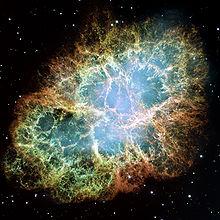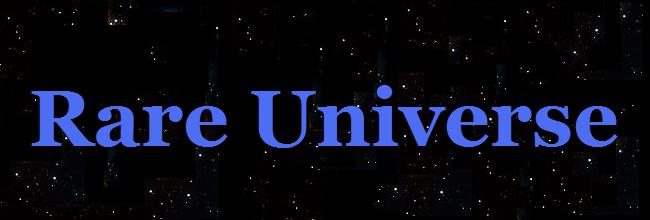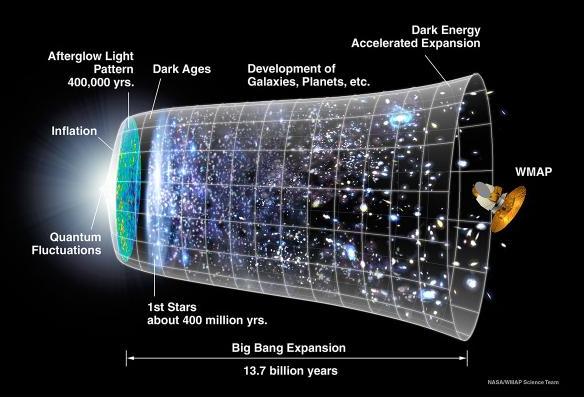

  |
| Home | Creation Evidence | General Science Info | Old Earth Creation | Creation Time Line | About |
Finite
Age of the Universe
|
 The Planck mission team
and other sources
have determined that the universe began 13.8 billion years ago
at a moment known as the big
bang. This was not an explosion
of matter
filling empty space, but it was space and time that were
expanding. Time
is a property of our universe, and it began at the big bang. There
is no sense in asking about what was before, because there was no
before. The cause of this event would be completely outside of
time and space. This represents the boundary of science and introduces
the logical reason that the
universe had a Creator.
The Planck mission team
and other sources
have determined that the universe began 13.8 billion years ago
at a moment known as the big
bang. This was not an explosion
of matter
filling empty space, but it was space and time that were
expanding. Time
is a property of our universe, and it began at the big bang. There
is no sense in asking about what was before, because there was no
before. The cause of this event would be completely outside of
time and space. This represents the boundary of science and introduces
the logical reason that the
universe had a Creator.| Support Us: by liking us on Facebook or sharing our site with a friend. See the following links: |
Visit us on Facebook Share as Bookmark, Tweet, message, etc.  |
| Return to Creation
Evidence |